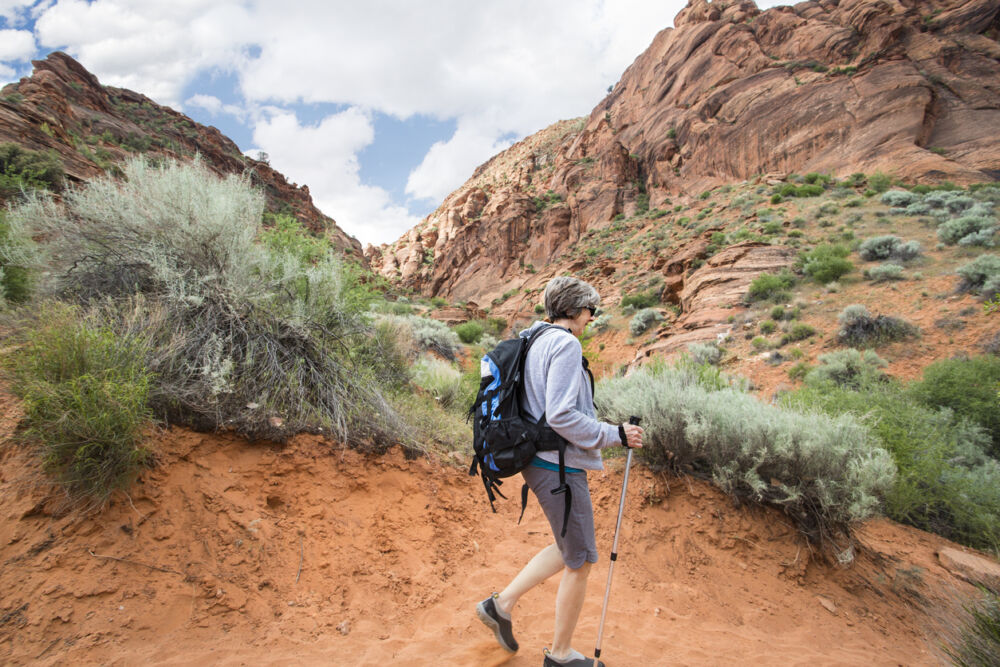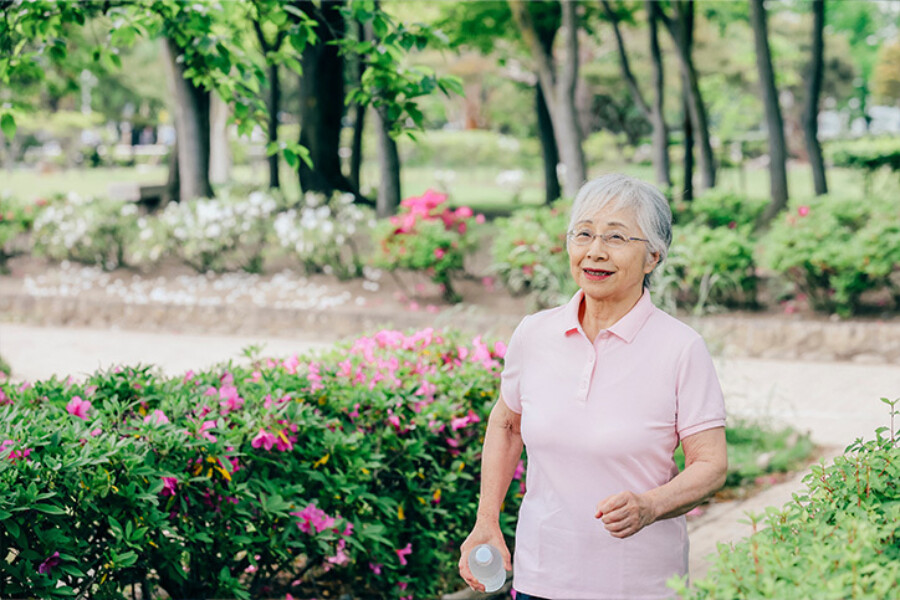
Safe Exercises if You Have Varicose Veins
Arizona offers a pleasant year-round climate perfect for exercising outdoors. But if you have varicose veins, you may want to steer clear of some workouts.

Starting with low-impact exercises and gradually increasing intensity is the best way to improve your fitness level and relieve vein problems.
Chronic venous insufficiency (CVI), also known as vein disease, is the root cause of venous-related leg pain, swelling, edema, and varicose veins. In a study by the NIH National Library of Medicine, “therapeutic exercises that combine flexibility, strength, and resistance training can increase the level of physical activity in CVI patients."
The study concludes that if an exercise strengthens the calf muscle pump function in the legs, it can boost venous blood return to the heart and improve symptoms of CVI.
Exercise is vital for maintaining good vein health, but it can be intimidating for people who are less active or have physical limitations. If you're looking to improve your varicose veins but are out of shape or have an injury and need help figuring out where to start, here are some exercises suitable for less active people.
While exercise doesn’t cure varicose veins, activating and strengthening your calf muscles increases your body’s natural ability to pump blood (against gravity!) to the heart. The added benefit is better overall health maintenance.
It's essential, however, to listen to your body and only do activities that feel comfortable and within your capabilities. If you're new to exercise or have physical limitations, it's always a good idea to consult a healthcare provider or a fitness professional before starting a new exercise routine.
Walking: Walking is a low-impact exercise suitable for all fitness levels. It helps to improve circulation and can be done almost anywhere, making it a convenient and accessible option for less active people. Aim for at least 30 minutes of walking daily, or break it up into shorter, more frequent walks.
Swimming: Water exercise is an excellent option for people with physical limitations or injuries, as it is low-impact and takes the weight off the joints. Swimming can help improve circulation and strengthen the muscles in the legs and hips. If you're new to swimming, start with shorter distances and gradually build up your endurance.
Water aerobics: Water aerobics is a low-impact exercise suitable for people of all fitness levels. It helps to improve circulation and can be a fun and social way to exercise. Water aerobics classes are often available at local pools or fitness centers.
Yoga: The ancient practice of using physical poses, concentration, and deep breathing is a low-impact exercise that helps to improve flexibility, balance, and circulation. It can be modified to accommodate different fitness levels and physical limitations. Consider taking a beginner's yoga class or working with a private instructor to learn proper form and techniques.
Resistance band exercises: Resistance bands are inexpensive and portable tools that can strengthen the muscles in the legs and hips. Resistance band exercises can be modified to accommodate different fitness levels and can be done almost anywhere.
Ankle rotations: Sitting for long periods of time is a known risk factor for varicose veins. As easy as it sounds, simply lifting your ankles off the ground and making small circles can keep the blood flowing through your legs. According to NYU Langone Health, stretching your calf and thigh muscles can also help improve circulation throughout the body.
If you are experiencing leg or ankle swelling, cramping, heavy-feeling legs, leg ulcers that are slow to heal, or varicose veins, despite exercise, it's time to see a board-certified vein specialist.
Center for Vein Restoration is the nation's largest physician-led vein center, with over 100 vein clinics in the United States. As the leader in diagnosing and treating vein disease, CVR offers cutting-edge, minimally invasive vein treatment options to help patients look and feel their best. Most treatments take an hour or less to complete, allowing patients to return to their regular routine quickly, with few restrictions.
Call 240-965-3915 to speak to a helpful Patient Services Representative. They can answer your questions and schedule an appointment at a vein treatment clinic near you. We speak Spanish!
If you prefer, you can schedule an appointment ONLINE. Treatment for vein disease is covered by most insurance.